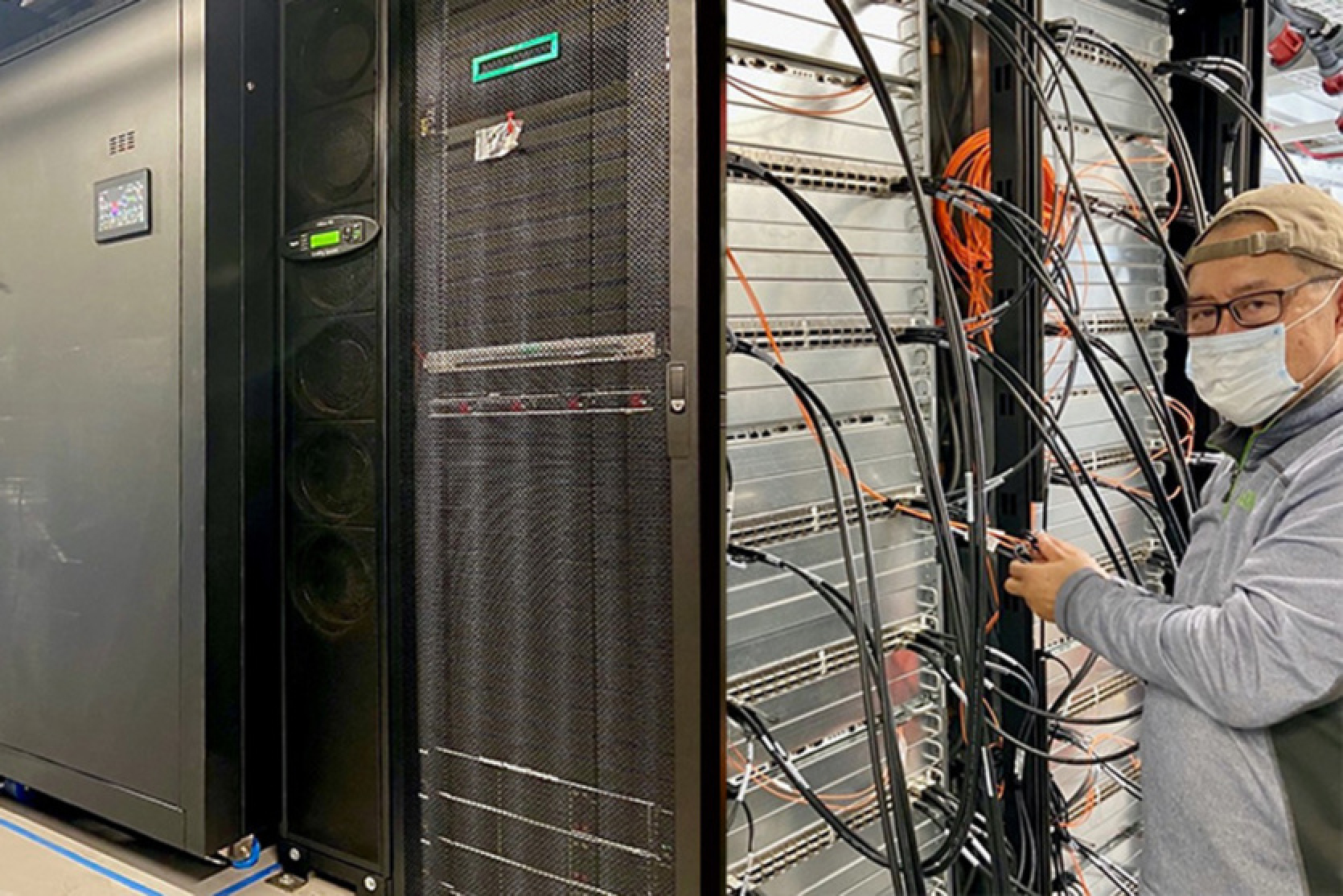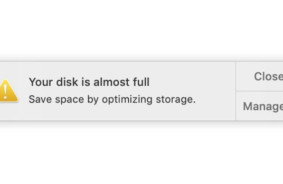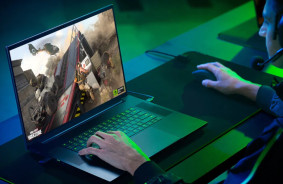NASA is working with cutting-edge global technologies and making important discoveries for humanity. However, according to a special report from NASA's Office of Inspector General, NASA's supercomputers are outdated and insufficient to complete tasks on time, leading to mission delays. NASA's supercomputers still primarily rely on CPUs.
Currently, NASA has five high-performance computing systems located at the Advanced Supercomputing Facility (NAS) in Ames, California, and the NASA Center for Climate Simulation (NCCS) in Goddard, Maryland. The list includes Aitken (13.12 PFLOPS, designed to support the Artemis lunar program), Electra (8.32 PFLOPS), Discover (8.1 PFLOPS, used for climate and weather modeling), Pleiades (7.09 PFLOPS, for climate modeling, astrophysical research, and aerospace modeling), and Endeavor (154.8 TFLOPS).
These machines largely utilize outdated processor cores. For instance, all NAS supercomputers use over 18,000 processors and only 48 GPUs, while NCCS uses even fewer graphics processors.
"Officials have raised numerous concerns regarding this observation, stating that NASA's inability to modernize systems can be explained by various factors, such as supply chain issues, requirements for modern computational languages (coding), and a lack of qualified personnel needed to implement new technologies. Ultimately, NASA's inability to modernize the current HEC infrastructure will directly impact the Agency's ability to achieve its reconnaissance, scientific, and research goals," the report says.
An audit conducted by NASA's Office of Inspector General also found that the agency's computing operations are not centrally managed, leading to inefficiency and a lack of a coordinated strategy for using local computing resources versus cloud resources.
The uncertainty has led to fluctuations in the use of cloud resources due to unknown planning practices or assumed higher costs. Some missions resort to acquiring their infrastructure to avoid waiting for access to overloaded primary supercomputer resources, as they do not rely on the latest technologies.
Furthermore, the audit found that security control measures for computing infrastructure are often bypassed or not implemented, increasing the risk of cyberattacks. The report states that transitioning to GPUs and modernizing code are crucial to meeting NASA's current and future needs. GPUs offer significantly higher computational capabilities for workloads involving parallel processing, which is highly prevalent in scientific modeling.
Source: Tom's Hardware













Comments (0)
There are no comments for now